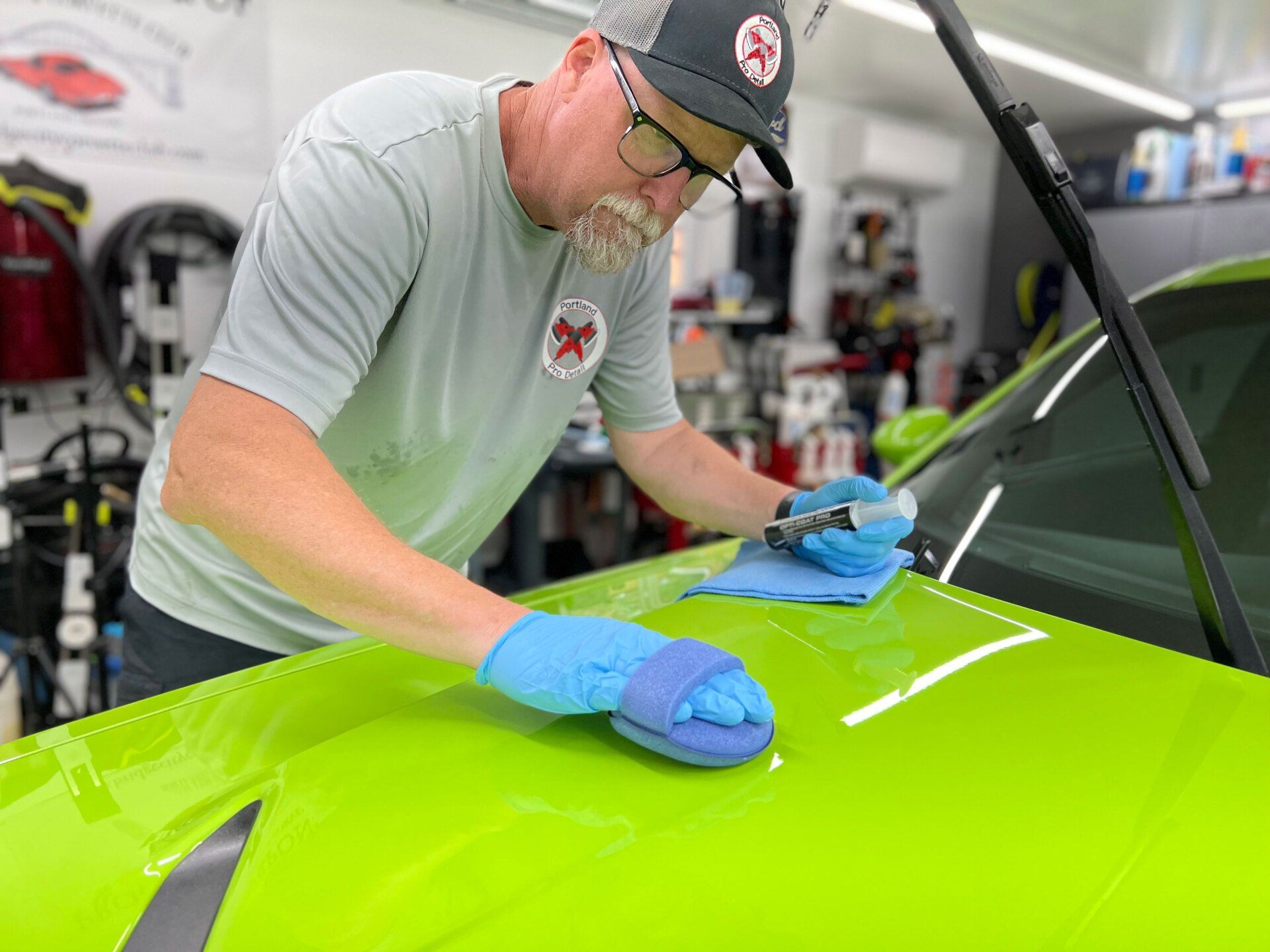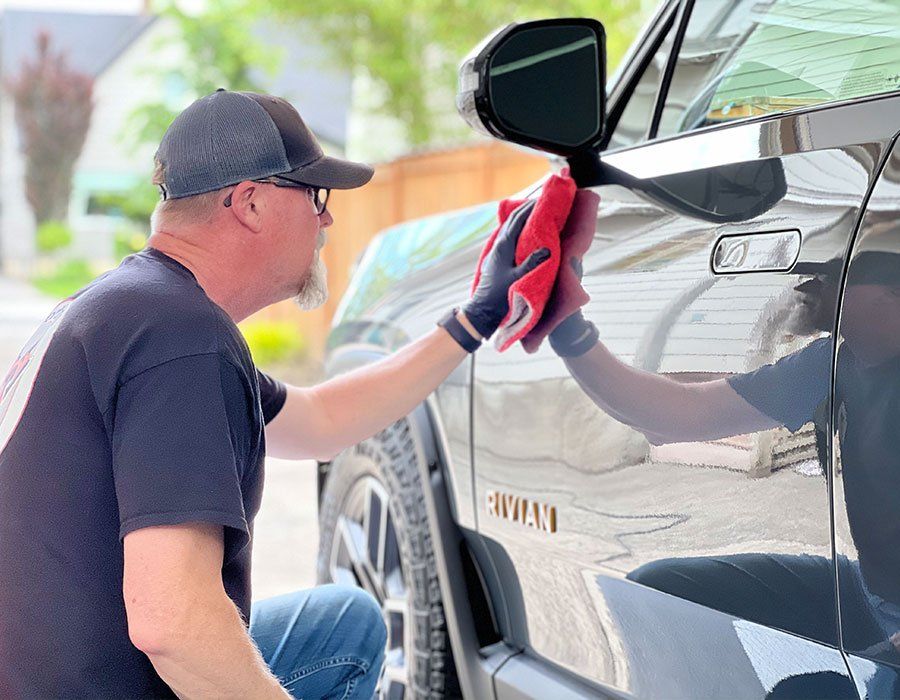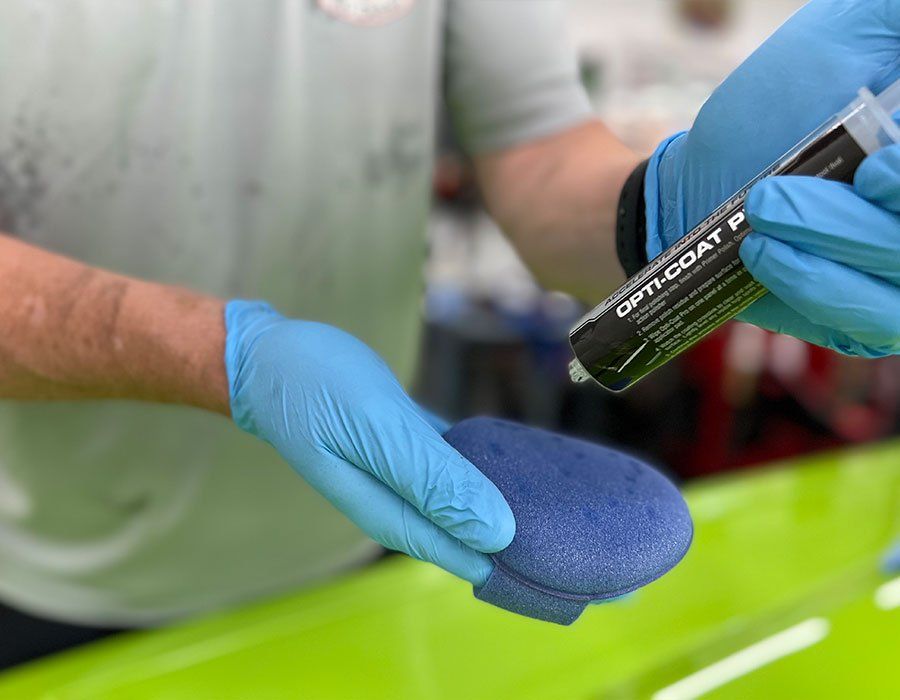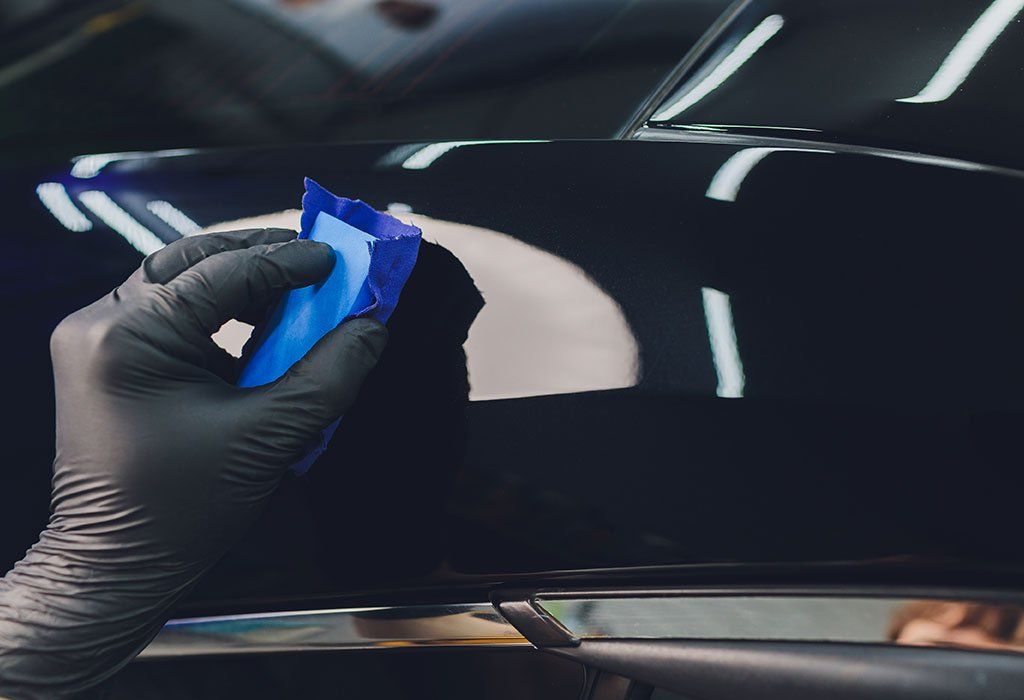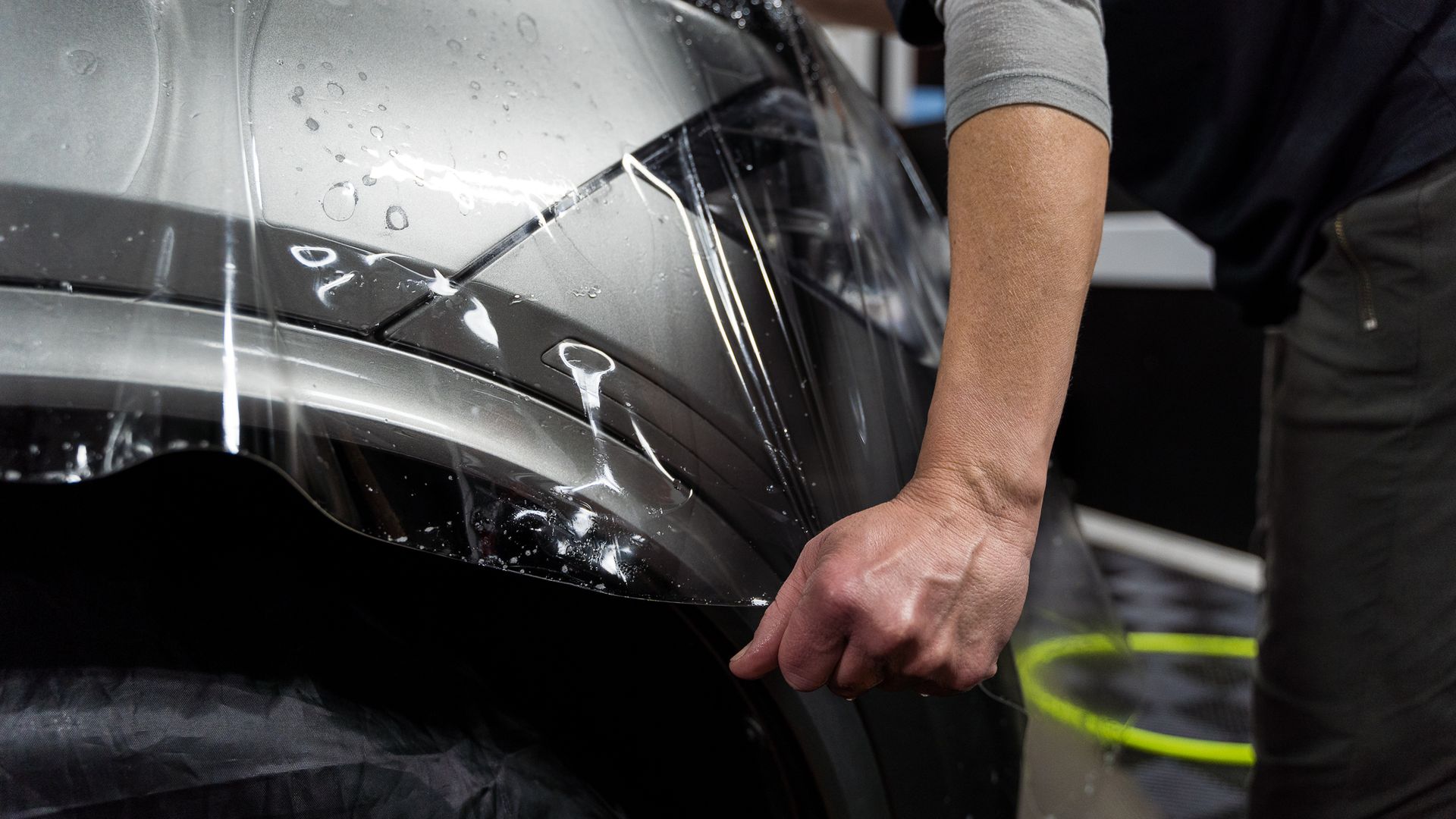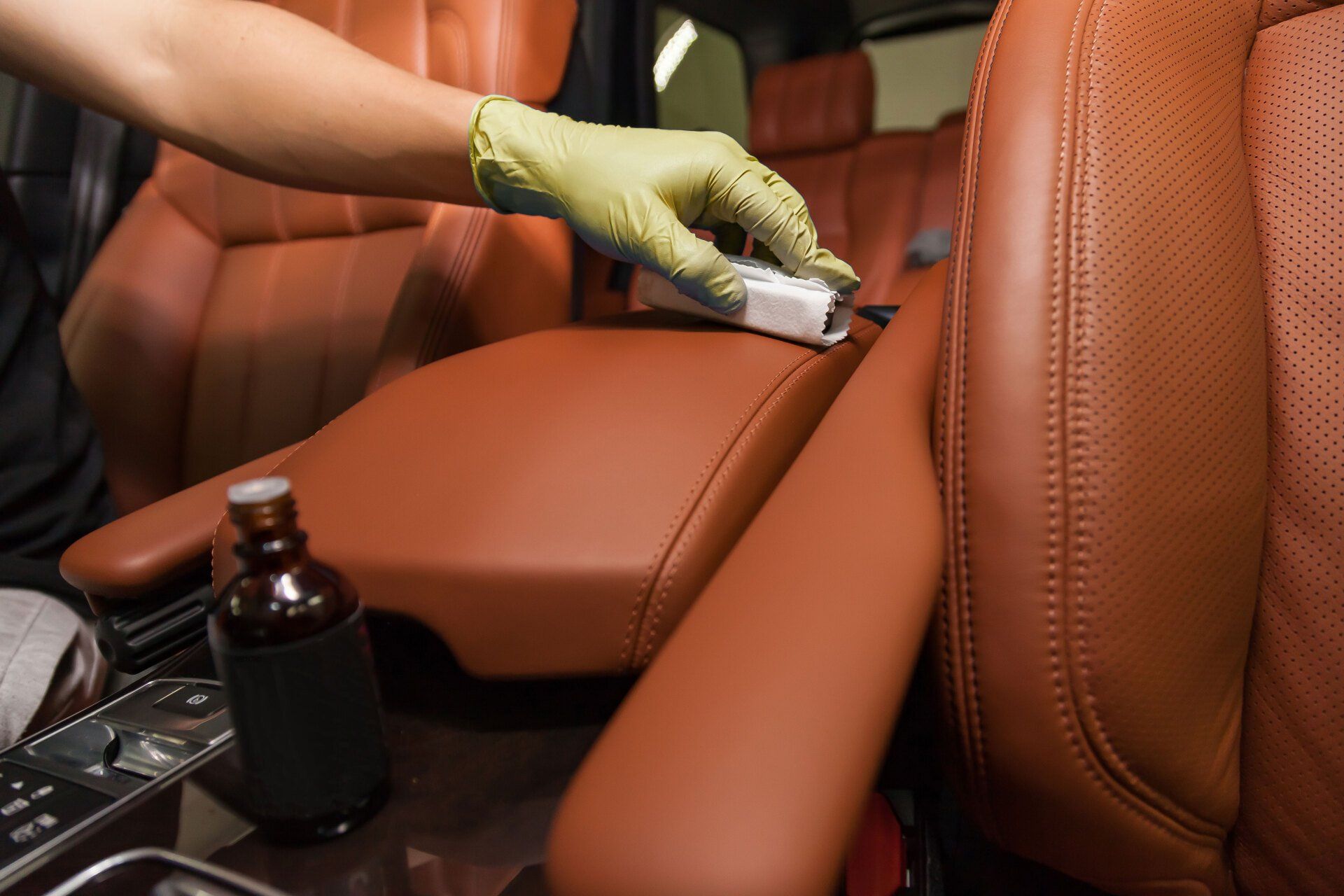Signs It’s Time to Reapply Your Ceramic Coating: Ensure Optimal Protection
CALL (503) 444-7415
Ceramic coatings serve as a fantastic shield for your vehicle, offering protection and shine that keeps it looking brand new. But like any good defense, there comes a time when that layer of protection needs an upgrade. Knowing when to reapply your ceramic coating can be tricky, yet it’s crucial for maintaining your car's exterior. Over time, elements like dirt, sun exposure, and even the simple act of washing can wear down that glossy barrier, leading to visible scratches or diminished water-repelling qualities. In this article, we'll explore some clear signs that indicate it might be time for a refresh so you can keep your ride in top shape without any regrets.
Key signs it’s time to reapply your ceramic coating include a noticeable loss of hydrophobic properties where water no longer beads on the surface, visible scratches or marks under specific lighting conditions, and a general reduction in gloss or protective attributes after prolonged exposure to environmental elements. Regularly inspecting the beading effect during washes can help determine the necessity for reapplication.
Signs Your Ceramic Coating Needs Reapplying
- Visible Scratches: Imagine driving down a dusty road and then later noticing fine scratches on your hood under bright sunlight. This is a clear indication that the protective layer has deteriorated enough to allow physical damage to the paintwork beneath. It’s like seeing cracks in the shield; when the coating's integrity is compromised, it opens up the possibility for more severe issues, like rust or fading.
- Dulling of Gloss: A fresh application of ceramic coating creates a reflective barrier that enhances your vehicle's shine, giving it that showroom finish. If, however, your once-vibrant paint looks matte or lacks depth, it's a telltale sign that your coating may not be performing as it should. It’s not just about aesthetics; a lackluster appearance can also indicate that UV rays are affecting the paint more directly due to diminished protection.
- Difficulty in Cleaning. When washing your car becomes an uphill battle—requiring excessive effort just to remove dirt and grime—you might want to take a closer look at your ceramic coating. As several car enthusiasts have noted in their experiences, this struggle often signifies that the coating's hydrophobic properties have started to break down. The water should bead off easily; if it doesn’t, you’re likely facing reduced performance.
These signs reflect broader wear and tear on your vehicle's surface that can lead to costly repairs if left unaddressed. Interpreting these indicators is crucial for effective maintenance. Regular inspections and utilizing products specifically designed for ceramic coatings can guide you in recognizing when reapplication is necessary. As you focus on these details, your vehicle’s stunning appearance and robust protection will be easier to uphold.
Identifying Surface Issues
A closer inspection of your vehicle's surface can reveal significant hints about the state of your ceramic coating. One of the first indicators to look for is micro-marring, faint ultra-thin scratches grazing across the surface. Under bright light, these micro-scratches become evident, acting like tiny mirrors reflecting light in different directions. Such imperfections typically signify that the coating has started to degrade or that maintenance practices may have inadvertently stripped some protective elements away.
- Use of Light: Shine a flashlight or utilize natural sunlight to examine your car’s surface more thoroughly. The shadows created by light can make swirl marks and micro-scratches pop, revealing what might otherwise go unnoticed. If you observe swirling patterns or uneven sheening under this scrutiny, it may be time to reevaluate the integrity of your ceramic coat. Regularly using light as a tool can fundamentally change how you maintain your vehicle; with just a flashlight in hand, you can uncover deeper insights into when your vehicle needs attention.
- Texture Change: Besides visual inspections, sensory evaluation plays a crucial role here too. Run your fingers softly across the surface of the car; if it feels rougher in certain areas compared to others, that’s an indicator of compromised protection. A smoothly finished surface generally indicates a healthy coat, whereas rough patches suggest that contaminants may be embedded within the coating or even that the coating itself is starting to break down. Relying on touch becomes an essential part of understanding your car's health.
Regular inspections using both visual and tactile approaches will ensure you stay ahead in maintaining your ceramic coating, extending its life and enhancing its effectiveness. These surface issues are closely related to the protective capabilities of the coating; taking care of them ensures you maintain optimal performance and safeguards against future deterioration. As we explore further, understanding one critical aspect—how hydrophobic qualities wane over time—will enhance your knowledge of vehicle maintenance.
Loss of Hydrophobic Effects
The hallmark of a well-applied ceramic coating is its ability to repel water. When you first apply a quality ceramic product, you’ll notice that the water beads up beautifully, creating thousands of tiny droplets that seem to dance across the surface of your car. However, over time and with exposure to the elements, this hydrophobic effect diminishes. If you start to see water forming larger puddles on the surface instead of beading away, it's a clear sign that your coating is losing its effectiveness.
Typically, after about six months of regular use, many coatings will exhibit a noticeable reduction in their hydrophobic properties—up to 30%—and by the one-year mark, this can go as high as 50%. This gradual decline happens due to various factors such as washing methods, exposure to environmental contaminants, and even how often your vehicle sees harsh weather conditions. Constant maintenance helps prolong these properties, but neglecting them can lead to significant wear on the coating.
Simple Water Test
One of the easiest ways to gauge the condition of your ceramic coating is through a simple water test. After you've washed your car, take a cup or bucket and splash some fresh water onto the surface. Watch closely: if the water quickly beads and rolls off like little marbles, the coating is still doing its job. However, if you find that the water pools on the surface without much movement, it’s time to consider reapplying your ceramic coat.
While natural wear is expected with any protective barrier over time, knowing when it’s optimal to act can save you both money and time in maintaining that glossy finish. Regular inspections are key; they help identify signs like decreased beading or visible scratches which can inform you when reapplication is necessary. Additionally, using maintenance products such as Graphene Detail Spray can assist in enhancing durability and extending the life of the coating between applications. These specialized sprays not only restore some missing hydrophobic properties but are also designed to work harmoniously with existing layers without stripping away their protective effects.
It’s essential to recognize that these coatings are engineered for resilience; however, their hydrophobicity does naturally degrade over time due to environmental factors and micro-abrasion from washing. In fact, a common practice among car enthusiasts is to keep an eye out for subtle indicators such as these diminished effects; knowing what to look for ensures effective use of your ceramic coatings and fortifies your vehicle against wear. Staying proactive about monitoring the performance of your ceramic coating allows you to ensure that your vehicle not only retains its aesthetic appeal but also its integrity against environmental challenges ahead.
Proper Reapplication Methods
The process of reapplying a ceramic coating can be pivotal in maintaining its protective qualities. It all begins with surface preparation—perhaps the most crucial step. Before applying any new layer, ensure that your vehicle is thoroughly cleaned using a pH-neutral soap. This not only eliminates surface dirt and grime but also prepares the paint for bonding. Following this wash, utilize a clay bar or decontamination spray to remove embedded particles that soap alone might miss. Think of this as giving your car a fresh canvas before painting; any left-behind contaminants will compromise the new layer.
Once the surface is impeccably clean, you move on to the next stage. The application of ceramic coating requires careful attention to detail. Ideally, find an indoor space free of dust and contaminants. This controlled environment helps ensure that your freshly applied ceramic coating adheres properly and remains pristine. Using the supplied applicator pad, apply the coating in small sections, moving methodically from one area to the next. This technique allows for an even distribution and prevents any mishaps like pooling or high spots—areas where excess product can be trapped and lead to unsightly finishes.
After applying the coating, patience becomes your ally. The curing phase is equally important—this is the period when your newly applied ceramic coating bonds effectively with the vehicle’s surface. Depending on the specific product used, curing time varies but typically ranges from 24 to 48 hours without exposure to water. If you're in a humid environment, you may need to extend this period slightly. Consider this time as vital for ensuring durability; skipping it could yield disappointing performance later.
Lastly, keep an eye towards regular maintenance post-application. Ensuring longevity goes beyond just reapplication; it involves thoughtful upkeep as well. By regularly checking on the ceramic coating's performance—looking out for signs like decreased water beading or gloss—you can stay ahead of issues that necessitate future applications. Tools like quick detailers can serve as excellent means of maintenance without stripping away essential protective layers, effectively enhancing the life of your ceramic coating between reapplications.
This meticulous approach sets the stage for understanding how beneficial these reapplication practices really are, ensuring that every layer contributes to long-lasting protection for your vehicle's finish.
Advantages of Reapplication
Reapplying ceramic coatings provides an essential layer of protection for your vehicle, enhancing its overall longevity. The new formulations available today are designed to provide even higher levels of abrasion resistance and durability.
For instance, advanced products like Adam's Graphene Ceramic Coating have revolutionized how coatings work with their ability to repel water and withstand harsh conditions more effectively than ever before. This means your vehicle not only retains its appearance longer but also withstands environmental damage, keeping it pristine for years.
Enhanced Protection
The science behind these modern coatings is impressive: they form bonds on a molecular level with your vehicle's paint, allowing for superior protection against UV rays and harmful contaminants. Regular reapplication can actually restore lost properties, providing up to 99% protection against UV rays while preventing oxidation that leads to fading and dullness. By maintaining this protective layer, you’re setting the groundwork for optimal defense against both natural elements and road debris.
Aesthetic Appeal
The visual impact of reapplying ceramic coating cannot be understated either; it effectively renews the gloss and vibrancy of your car's paintwork. Imagine pulling up to a gathering in a car that shines as brightly as the day it was bought—this aesthetic boost can even increase the car’s resale value when you're ready to part ways. It’s like giving your vehicle a fresh start; not only does it look better, but a well-maintained exterior signals quality and care to potential buyers.
To maximize these aesthetic benefits, consider scheduling your reapplication every 2-3 years or sooner if you notice any decline in water beading or gloss. This kind of proactive maintenance keeps your car looking showroom-ready while ensuring you're getting the most out of your investment. While achieving optimal performance through reapplication is critical, adopting consistent care techniques can further enhance durability and maintain the coating's integrity over time.
Prolonging Coating Longevity
Maintaining the longevity of your ceramic coating is less about applying more layers and more about smart, consistent upkeep. It's a bit like caring for a garden; the right nurturing can lead to beautiful blooms, while neglect could lead to wilting plants. Just as you would check for weeds or bugs regularly, you should also keep an eye on your car’s finish and its protective shell.
Regular washing with pH-neutral soaps is crucial. Harsh detergents are like weeds that strangle growth—they strip away shine and diminish the protective properties of the coating itself. Opting for gentle formulas helps your vehicle retain its water-repelling capabilities without compromising the integrity beneath.
Frequent inspections are another essential component. Much like checking your home for leaks, take a moment to examine your vehicle for signs of wear and contaminants. Look for noticeable diminishment in water's beading action; this is often one of the earliest indicators that your coating may be losing effectiveness. Getting into the habit of inspecting every month helps catch these signs before they become pressing problems.
Additionally, using maintenance sprays can yield fantastic results. Products like silica sprays reinforce those hydrophobic effects we love while providing extra protection against environmental contaminants. By weaving these straightforward practices into your routine, you can enhance the performance of your ceramic coating significantly. Following this structured approach doesn't just maintain aesthetics; it prolongs your coating's lifespan by as much as 50%. This proactive strategy delays reapplication needs while ensuring your vehicle remains protected and visually appealing. Think of it as investing time now to avoid larger inconveniences down the road.
Ultimately, understanding how to extend the life of your ceramic coating will ensure that your vehicle remains not just a joy to drive, but also a stunning sight to behold. Prioritize regular maintenance to enjoy lasting protection for years to come.
The Ultimate in Ceramic Coating Protection for Your Vehicle
If you’re seeking reliable, high-quality ceramic coating services in Portland, OR, Portland Pro Detail is the name you can trust. Their expert team is dedicated to applying premium coatings that provide exceptional protection against contaminants, UV damage, and harsh weather conditions. Whether you own a new car or want to refresh an older one, their ceramic coatings ensure your vehicle maintains a pristine finish with lasting durability. Reach out today to discover how Portland Pro Detail can enhance your car's appearance and protect it for years to come.
Portland Pro Detail Blog


